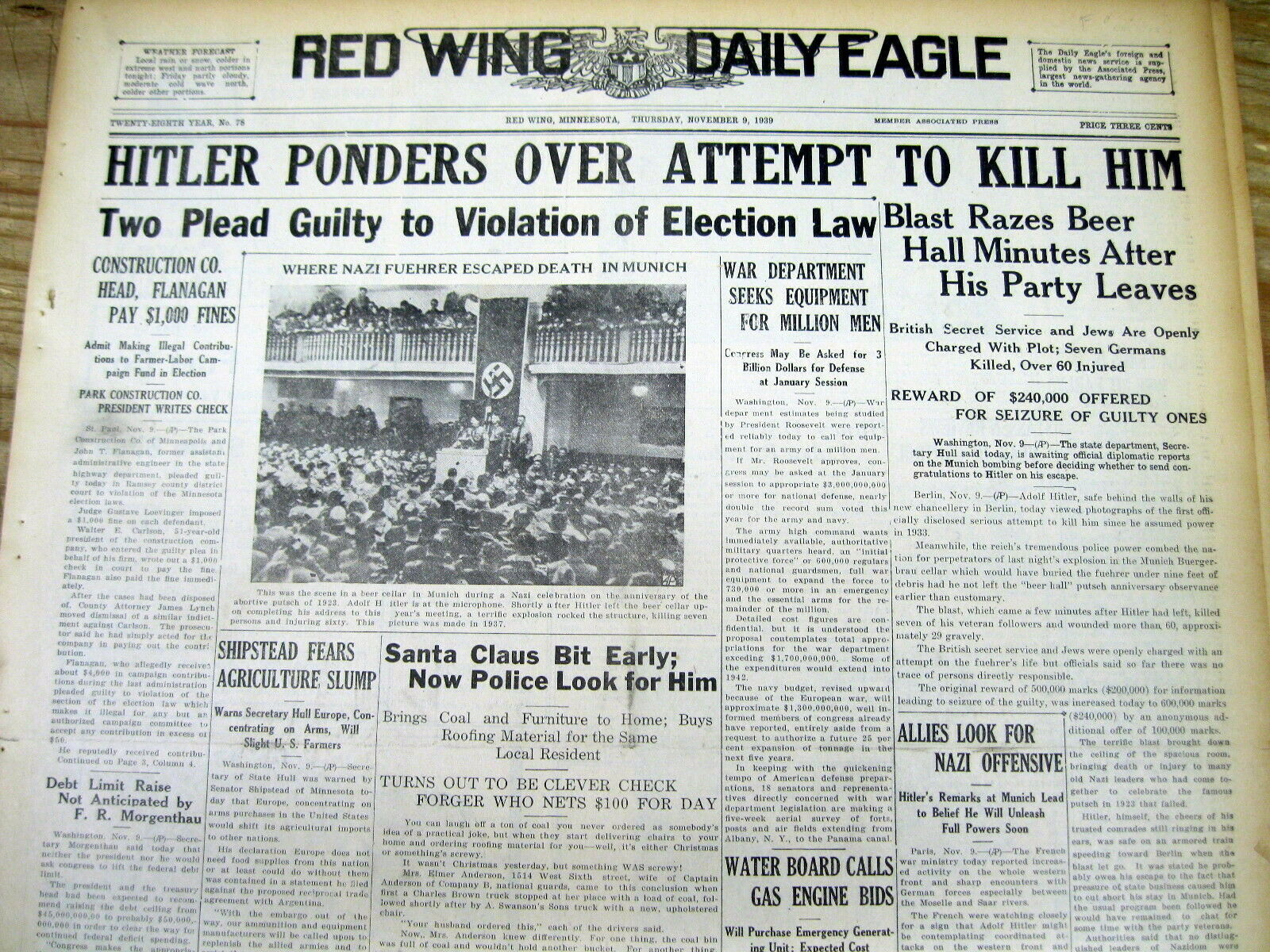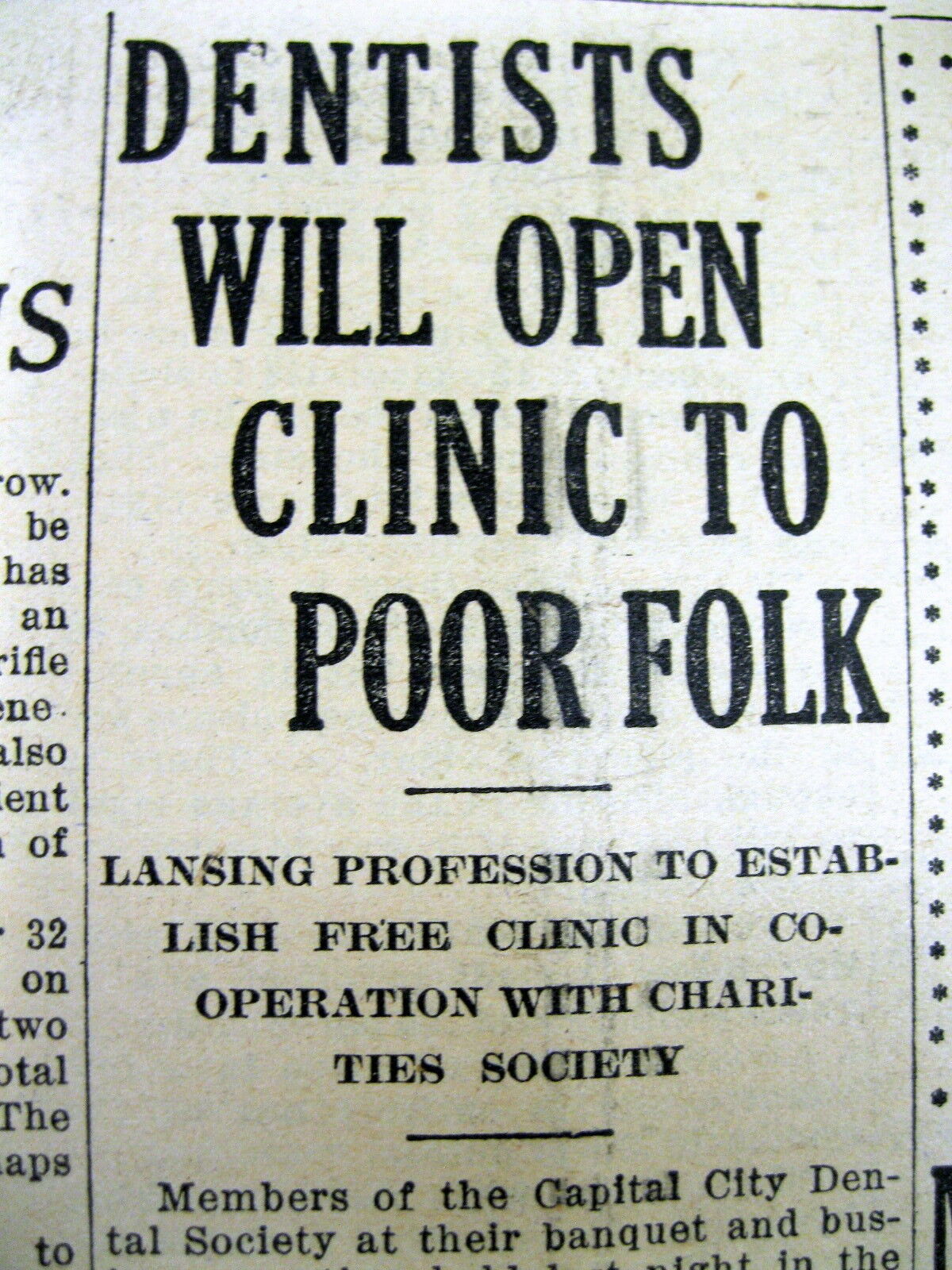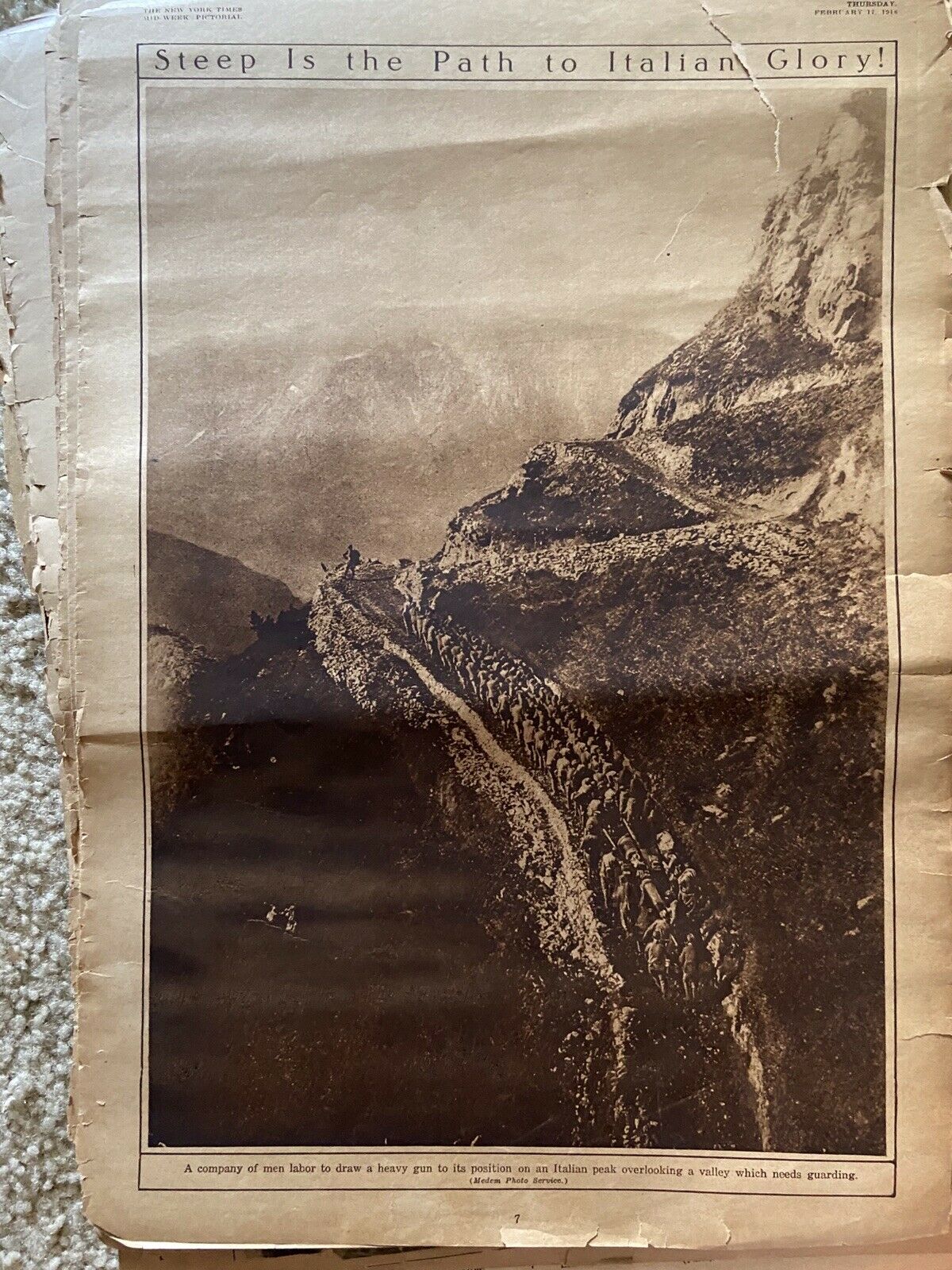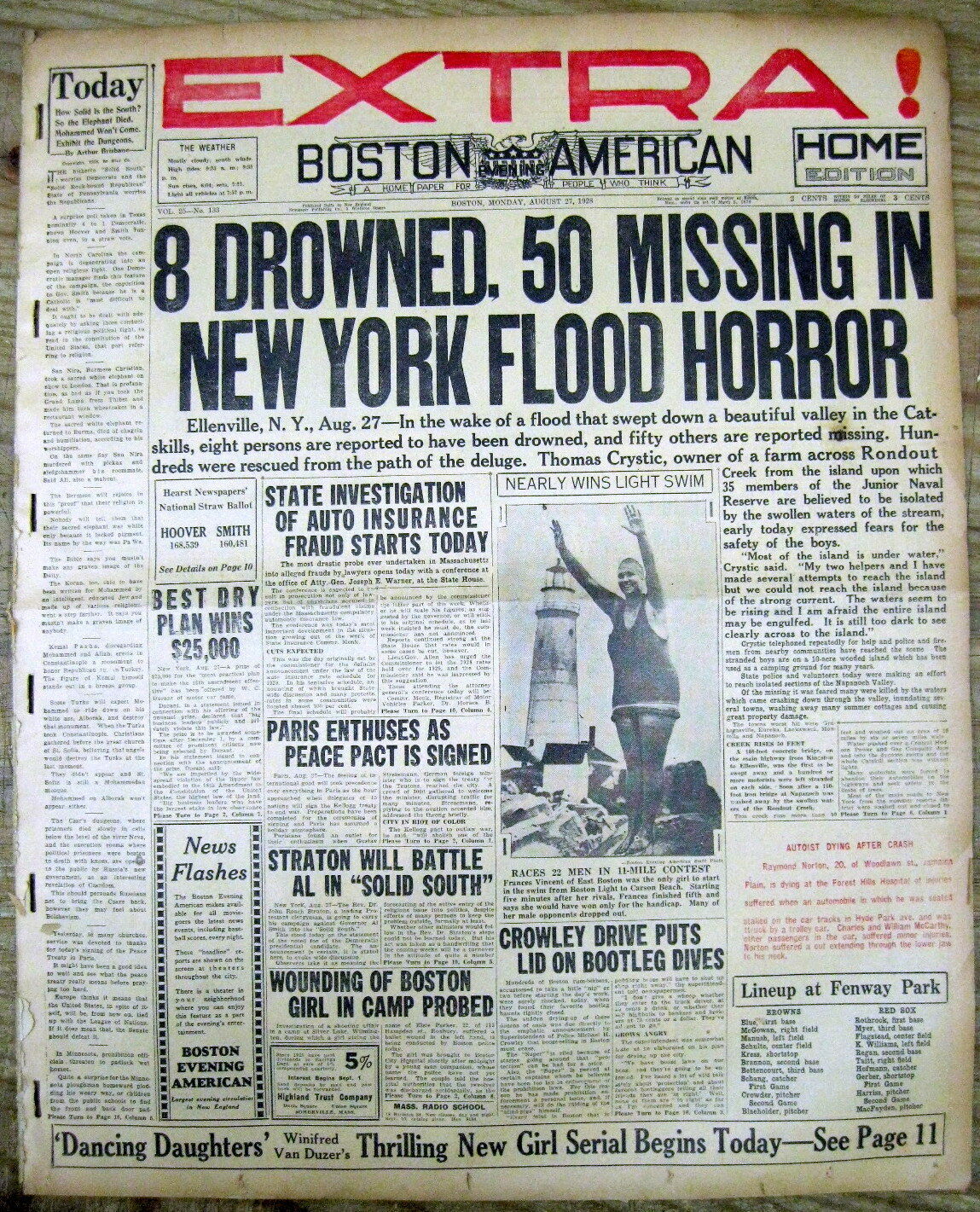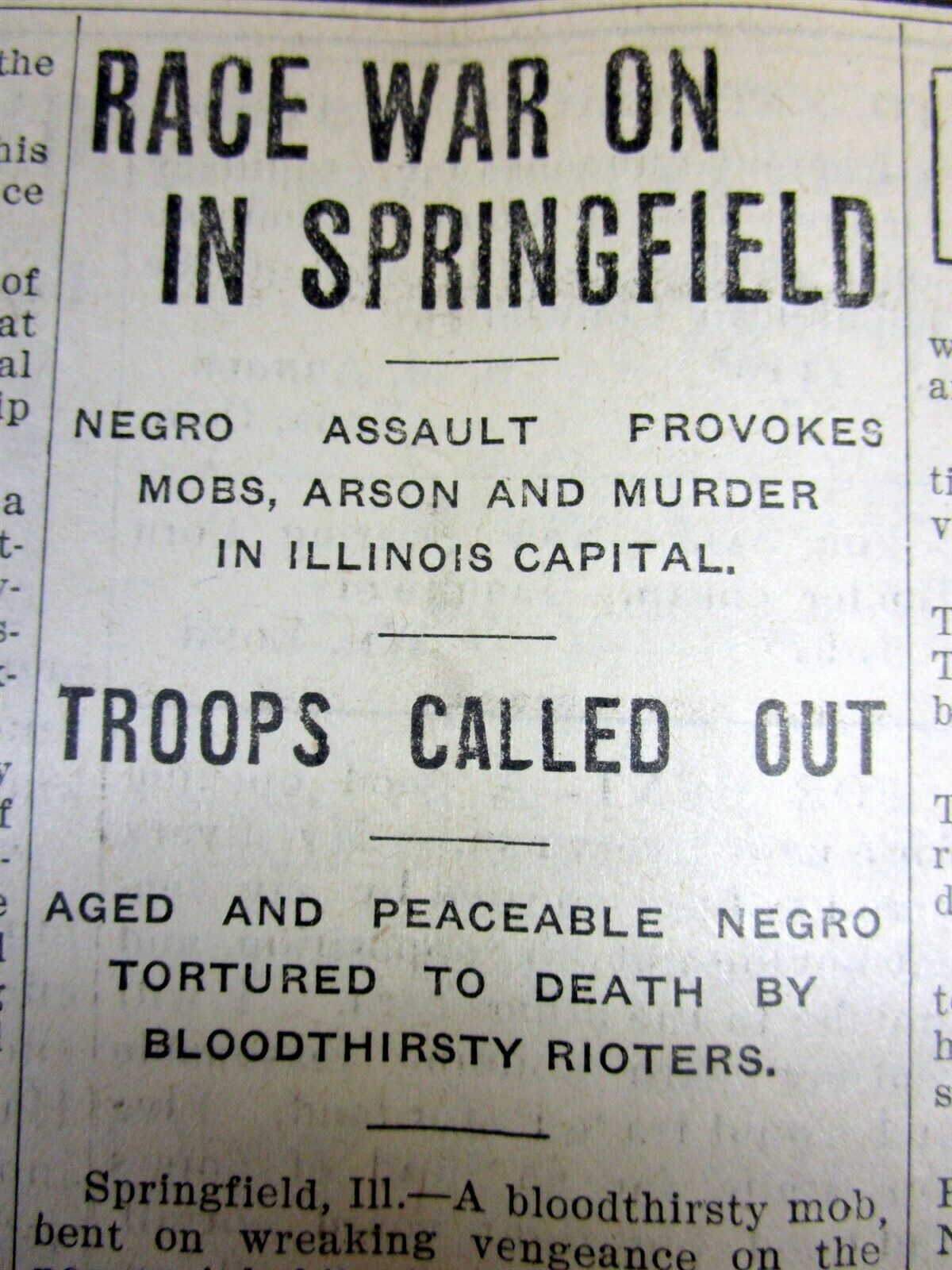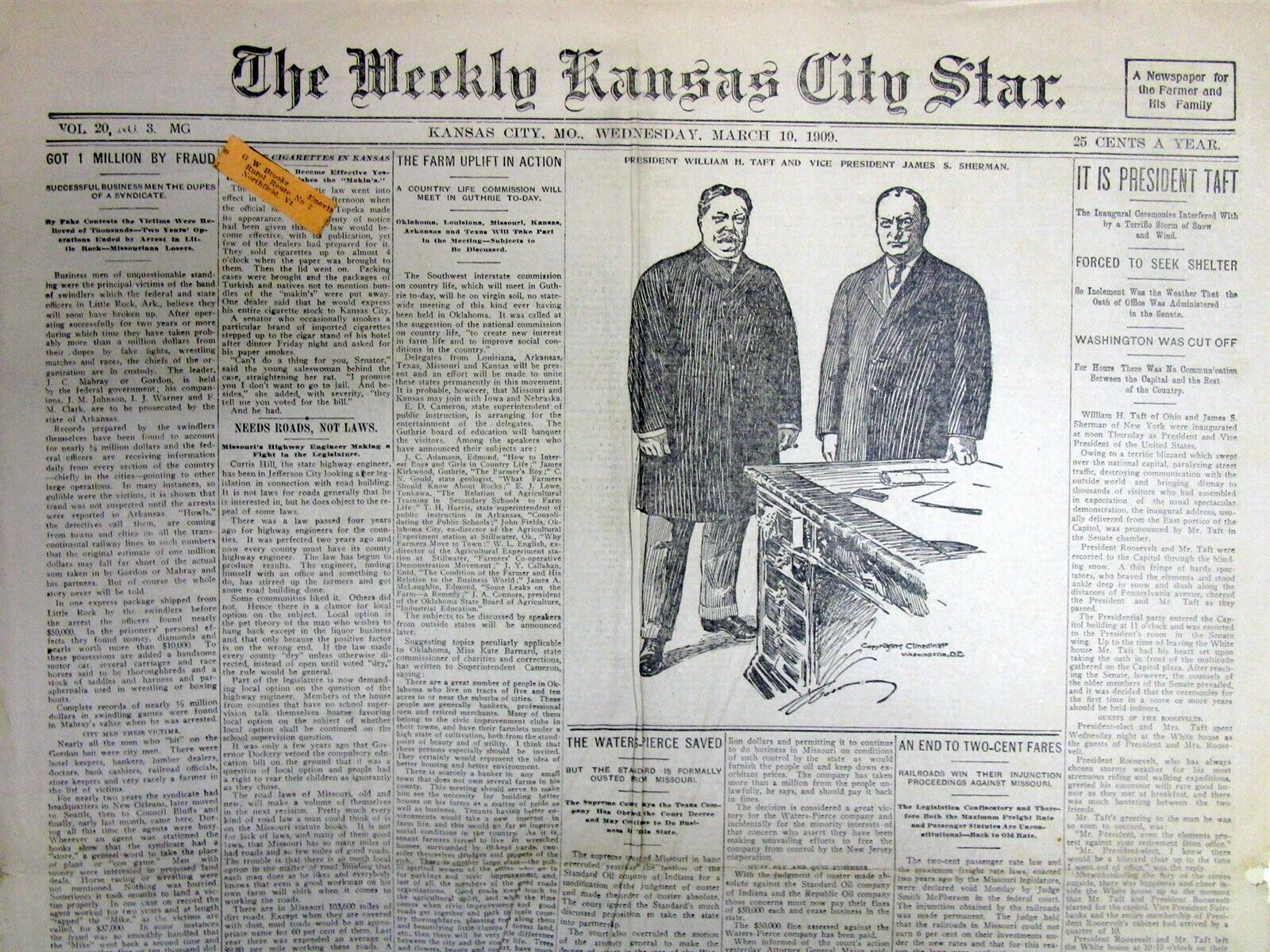-40%
3 1939 newspapers ASSASSINATION attempt NAZI leader ADOLPH HITLER Munich GERMANY
$ 18.48
- Description
- Size Guide
Description
3 1939 newspapers with coverage of the ASSASSINATION attempt on the life of NAZI leader ADOLPH HITLER Munich GERMANY -inv # 3C-209
Please visit our EBAY STORE for THOUSANDS of HISTORICAL NEWSPAPERS on sale or at auction.
SEE PHOTO----- Three (3) COMPLETE, ORIGINAL NEWSPAPERs, the
Red Wing Daily Eagle
(MN) dated Nov 9, 11, and 23, 1939.
These newspapers contain front page coverage of the
ATTEMPTED ASSASSINATION of Nazi German leader ADOLPH HITLER with a bomb planted in MUNICH, Germany
.
Johann Georg Elser (4 January 1903 – 9 April 1945) was a German worker who planned and carried out an elaborate assassination attempt on Adolf Hitler and other high-ranking Nazi leaders on 8 November 1939 at the B
ürgerbräukeller in Munich. A time bomb that Elser constructed and placed near the speaking platform failed to kill Hitler, who left earlier than expected, but killed eight people and injured 63 others. Elser was held as a prisoner for over five years until he was executed at the Dachau concentration camp less than a month before the surrender of Nazi Germany.
In order to find out how best to implement his assassination plan, Elser travelled to Munich by train on 8 November 1938, the day of Hitler's annual speech on the anniversary of the Beer Hall Putsch. Elser was not able to enter the Bürgerbräukeller until 10:30 p.m., when the crowd had dispersed. He stayed until midnight before going back to his lodging. The next morning, he returned to Königsbronn. On the following day, 10 November, the anti-Jewish violence of the Kristallnacht took place in Munich.
"In the following weeks I slowly concocted in my mind that it was best to pack explosives in the pillar directly behind the speaker's podium," Elser told his interrogators a year later. He continued to work in the Waldenmaier armament factory in Heidenheim and systematically stole explosives, hiding packets of powder in his bedroom. Realising he needed the exact dimensions of the column to build his bomb he returned to Munich, staying 4
–12 April 1939. He took a camera with him, a Christmas gift from Maria Schmauder. He had just become unemployed due to an argument with a factory supervisor.
In April–May 1939, Elser found a labouring job at the Vollmer quarry in K
önigsbronn. While there, he collected an arsenal of 105 blasting cartridges and 125 detonators, causing him to admit to his interrogators, "I knew two or three detonators were sufficient for my purposes, but I thought the surplus will increase the explosive effect." Living with the Schmauder family in Schnaitheim he made many sketches, telling his hosts he was working on an "invention".
In July, in a secluded orchard owned by his parents, Elser tested several prototypes of his bomb. Clock movements given to him in lieu of wages when leaving Rothmund in Meersburg in 1932 and a car indicator "winker" were incorporated into the "infernal machine". In August, after a bout of sickness, he left for Munich. Powder, explosives, a battery and detonators filled the false bottom of his wooden suitcase. Other boxes contained his clothes, clock movements and the tools of his trade.
Elser arrived in Munich on 5 August 1939. Using his real name, he rented a room in the apartments of two unsuspecting couples, at first staying with the Baumanns and from 1 September, Alfons and Rosa Lehmann. He soon became a regular at the Bürgerbräukeller restaurant for his evening meal. As before, he was able to enter the adjoining Bürgerbräukeller Hall before the doors were locked at about 10:30 p.m.
Over the next two months, Elser stayed all night inside the Bürgerbräukeller 30 to 35 times. Working on the gallery level and using a flashlight dimmed with a blue handkerchief, he started by installing a secret door in the timber panelling to a pillar behind the speaker's rostrum. After removing the plaster behind the door, he hollowed out a chamber in the brickwork for his bomb. Normally completing his work around 2:00
–3:00 a.m., he dozed in the storeroom off the gallery until the doors were unlocked at about 6:30 a.m. He then left via a rear door, often carrying a small suitcase filled with debris.
Security was relatively lax at the B
ürgerbräukeller. Christian Weber, a veteran from the Beer Hall Putsch and the Munich city councillor, was responsible. However, from the beginning of September, after the outbreak of war with Poland, Elser was aware of the presence of air raid wardens and two "free-running dogs" in the building.
While he worked at night in the Bürgerbräukeller, Elser built his device during the day. He purchased extra parts, including sound insulation, from local hardware stores and became friends with the local master woodworker, Brög, who allowed him use of his workshop.
On the nights of 1
–2 November, Elser installed the explosives in the pillar. On 4–5 November, which were Saturday and Sunday dance nights, he had to buy a ticket and wait in the gallery until after 1 a.m. before he could install the twin-clock mechanism that would trigger the detonator. To celebrate the completion of his work, Elser recalled later, "I left by the back road and went to the Isartorplatz where at the kiosk I drank two cups of coffee."
On 6 November, Elser left Munich for Stuttgart to stay overnight with his sister, Maria Hirth, and her husband. Leaving them his tool boxes and baggage, he returned to Munich the next day for a final check. Arriving at the B
ürgerbräukeller at 10 p.m., he waited for an opportunity to open the bomb chamber and satisfy himself the clock mechanism was correctly set The next morning he departed Munich by train for Friedrichshafen via Ulm. After a shave at a hairdresser, he took the 6:30 p.m. steamer to Konstanz.
The high-ranking Nazis who accompanied Adolf Hitler to the anniversary of the Beer Hall Putsch on 8 November 1939 were Joseph Goebbels, Reinhard Heydrich, Rudolf Hess, Robert Ley, Alfred Rosenberg, Julius Streicher, August Frank, Hermann Esser and Heinrich Himmler. Hitler was welcomed to the platform by Christian Weber.
Unbeknownst to Elser, Hitler had initially cancelled his speech at the Bürgerbräukeller to devote his attention to planning the imminent war with France, but changed his mind and attended after all. As fog was forecast, possibly preventing him from flying back to Berlin the next morning, Hitler decided to return to Berlin the same night by his private train. With the departure from Munich's main station set for 9:30 p.m., the start time of the reunion was brought forward half an hour to 8 p.m. and Hitler cut his speech from the planned two hours to a one-hour duration.
Hitler ended his address to the 3000-strong audience of the party faithful at 9:07 p.m., 13 minutes before Elser's bomb exploded at 9:20 p.m. By that time, Hitler and his entourage had left the Bürgerbräukeller. The bomb brought down part of the ceiling and roof and caused the gallery and an external wall to collapse, leaving a mountain of rubble. About 120 people were still in the hall at the time. Seven were killed. Another sixty-three were injured, sixteen seriously, with one dying later.
Hitler did not learn of the attempt on his life until later that night on a stop in Nuremberg. When told of the bombing by Joseph Goebbels, Hitler responded, "A man has to be lucky." A little later Hitler had a different spin, saying, "Now I am completely at peace! My leaving the Bürgerbräu earlier than usual is proof to me that Providence wants me to reach my goal."
On 9 April 1945, four weeks before the end of the war in Europe, Georg Elser was shot dead and his fully dressed body immediately burned in the crematorium of Dachau Concentration Camp. He was 42 years old.
Very good condition. This listing includes the 3 complete entire original newspapers, NOT just a clipping or a page of them. STEPHEN A. GOLDMAN HISTORICAL NEWSPAPERS stands behind all of the items that we sell with a no questions asked, money back guarantee. Every item we sell is an original newspaper printed on the date indicated at the beginning of its description. U.S. buyers pay priority mail postage which includes waterproof plastic and a heavy cardboard flat to protect your purchase from damage in the mail. International postage is quoted when we are informed as to where the package is to be sent. We do combine postage (to reduce postage costs) for multiple purchases sent in the same package.
We list thousands of rare newspapers with dates from 1570 through 2004 on Ebay each week. This is truly SIX CENTURIES OF HISTORY that YOU CAN OWN!
Stephen A. Goldman Historical Newspapers has been in the business of buying and selling historical newspapers for over 45 years. Dr. Goldman is a consultant to the Freedom Forum Newseum and a member of the American Antiquarian Society. You can buy with confidence from us, knowing that we stand behind all of our historical items with a 100% money back guarantee. Let our 45+ years of experience work for YOU ! We have hundreds of thousands of historical newspapers (and their very early precursors) for sale.
